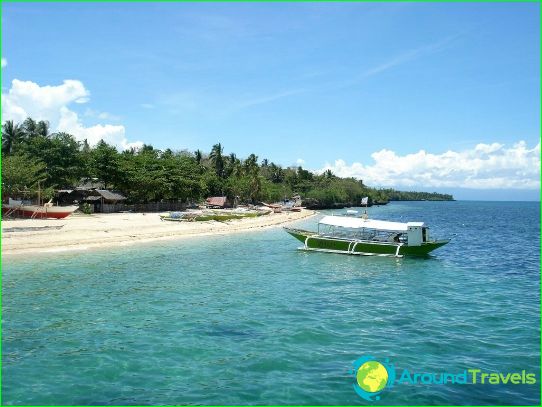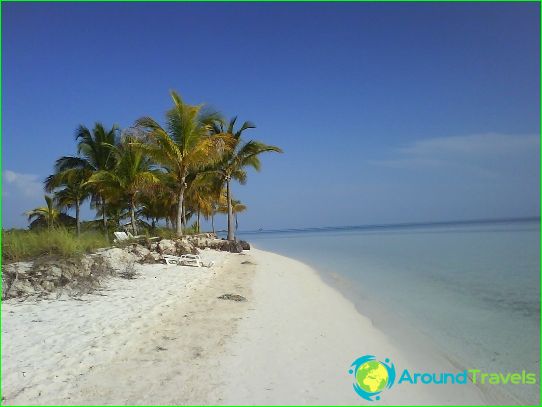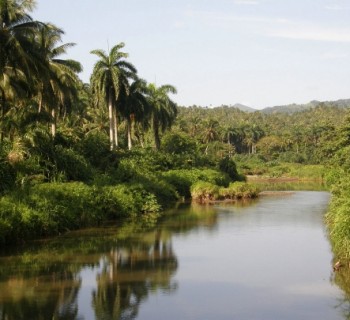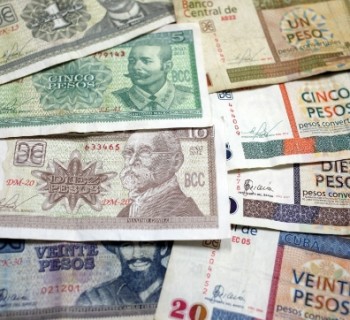Islands of Cuba
Cuba has two large islands and many smaller islands in the Caribbean. All of them are part of the Greater Antilles. The second largest island in the country - Juventud (called Pinos until 1978) - is part of the Los Canarreos archipelago. The lands in the north and southwest of the country are washed by the waters of the Yucatan and Florida Strait.
The eastern part of Cuba goes to the Windward Strait, and the southern part to the Caribbean Sea. On the southern side of the country are islands such as Cayo Largo, San Felipe, Juventud. On the north side is the Sabana-Camaguey archipelago, which includes 2517 land areas.
The picturesque islands of Cuba have unique ecosystems. There are magnificent beaches, pine forests, mountains, etc. The capital of the country is Havana, which is located on the island of Cuba. Popular resort areas are in Cayo Guillermo, Cayo Romano, Cayo Coco and other islands.
Features of Cuba
The population of the country consists of Creoles, blacks and mulattoes. Cuba has been a member of the UN since 1945. Cubans welcome over half a million foreigners every year. The country is distinguished by its beautiful nature and fascinating history. The islands of Cuba are surrounded by coral reefs and amaze with exotic landscapes.
The total area of Cuba is about 111 thousand square meters. km. Peak Turkino is considered to be the highest point of the relief. The island of the same name has a length of 1250 km. It stretches from the Gulf of Mexico to the Atlantic. Plains prevail in Cuba, and the highest point is in the Sierra Maestra mountain range. There are many caves on the island that form underground galleries. The plains of Cuba are inhabited and developed. The sandy beaches of the island occupy many kilometers of strips. Juventud Island is covered with dense pine forests.
Weather
The islands of Cuba are located in a tropical climate zone. The rainy season lasts from May to November. The average annual air temperature is +26 degrees. The water warms up to +30 degrees in summer. The humidity on the islands reaches 70%. The heat is softened by the winds constantly blowing from the sea. Cuba experiences a dry season from November to April. The weather conditions of the country are greatly influenced by warm currents. Cuba is periodically adversely affected by tropical cyclones from June to November. At this time, heavy rains and strong winds occur. Typhoons cause huge damage to the national economy of the country. The coldest month is January, when the air temperature is +25 degrees. Hottest in Cuba in August.





